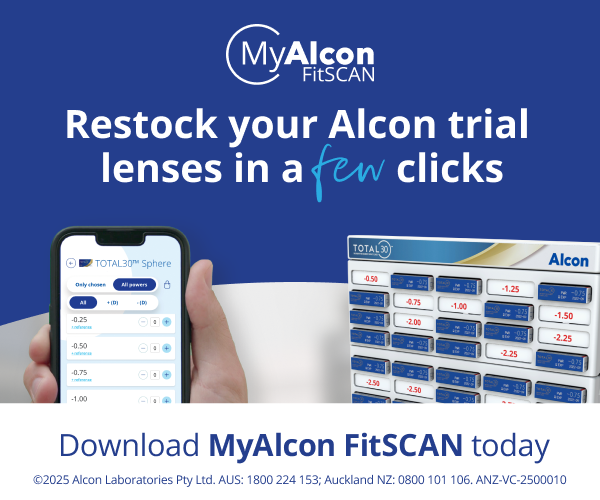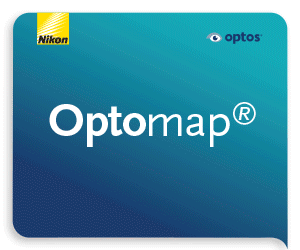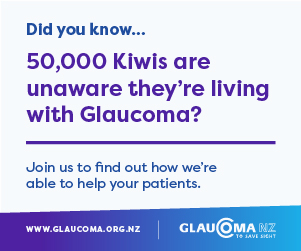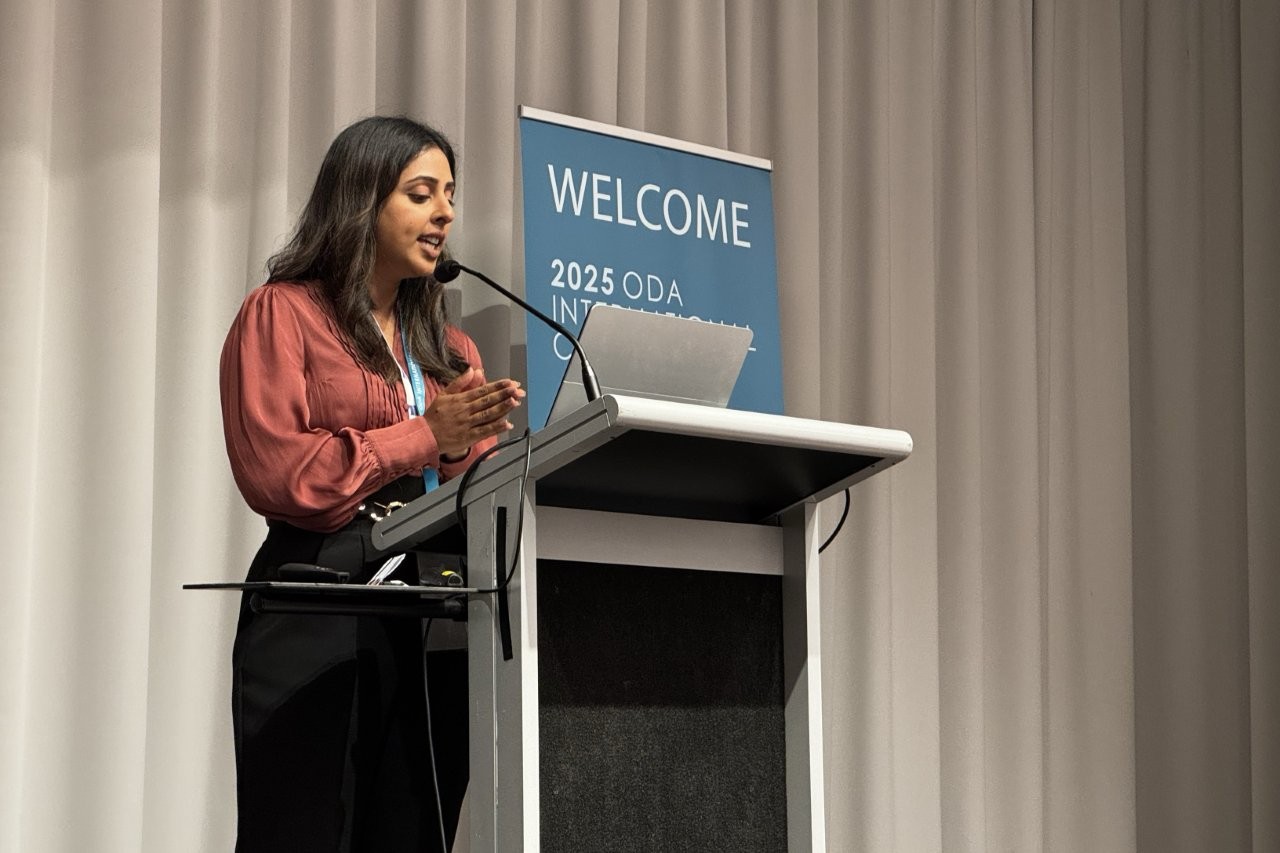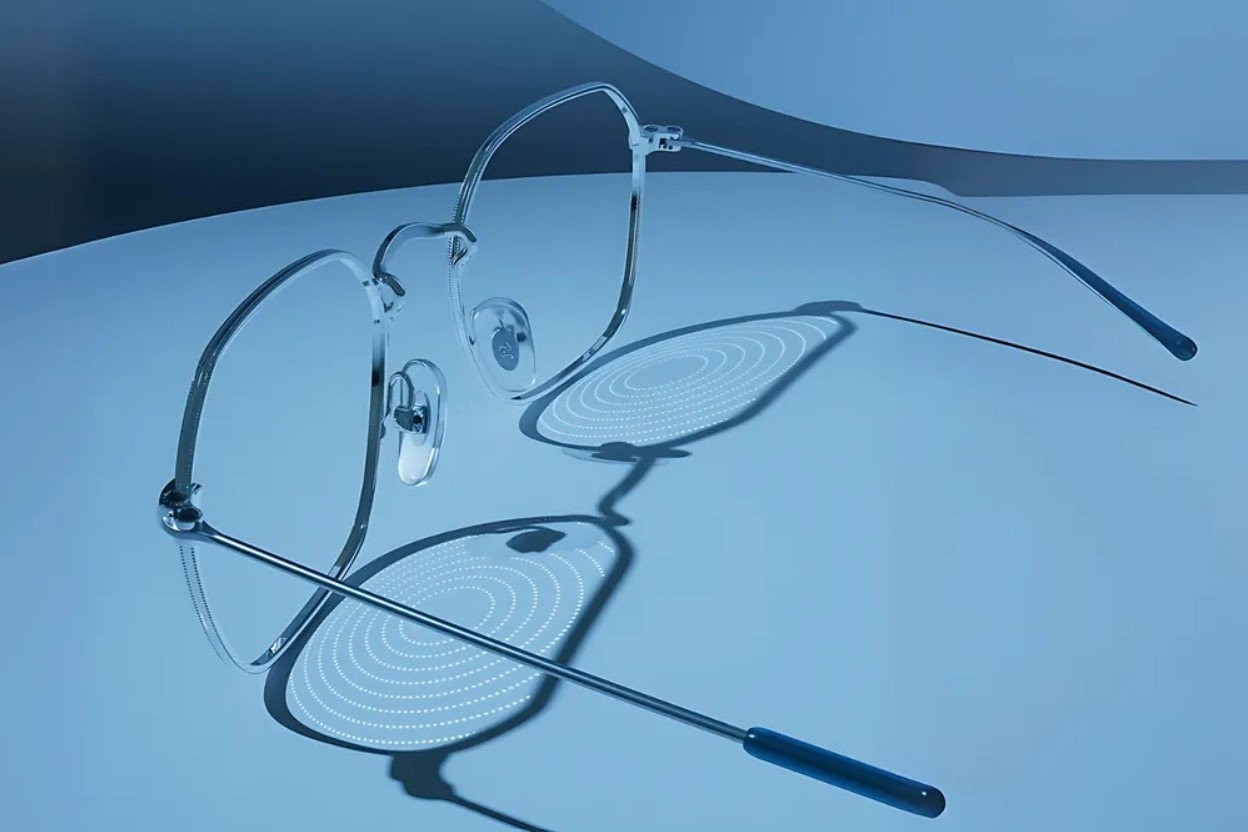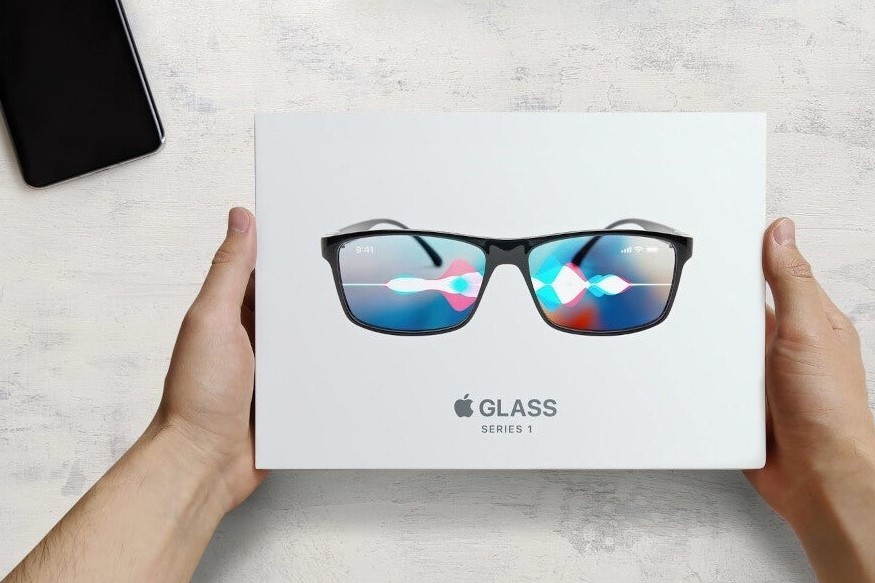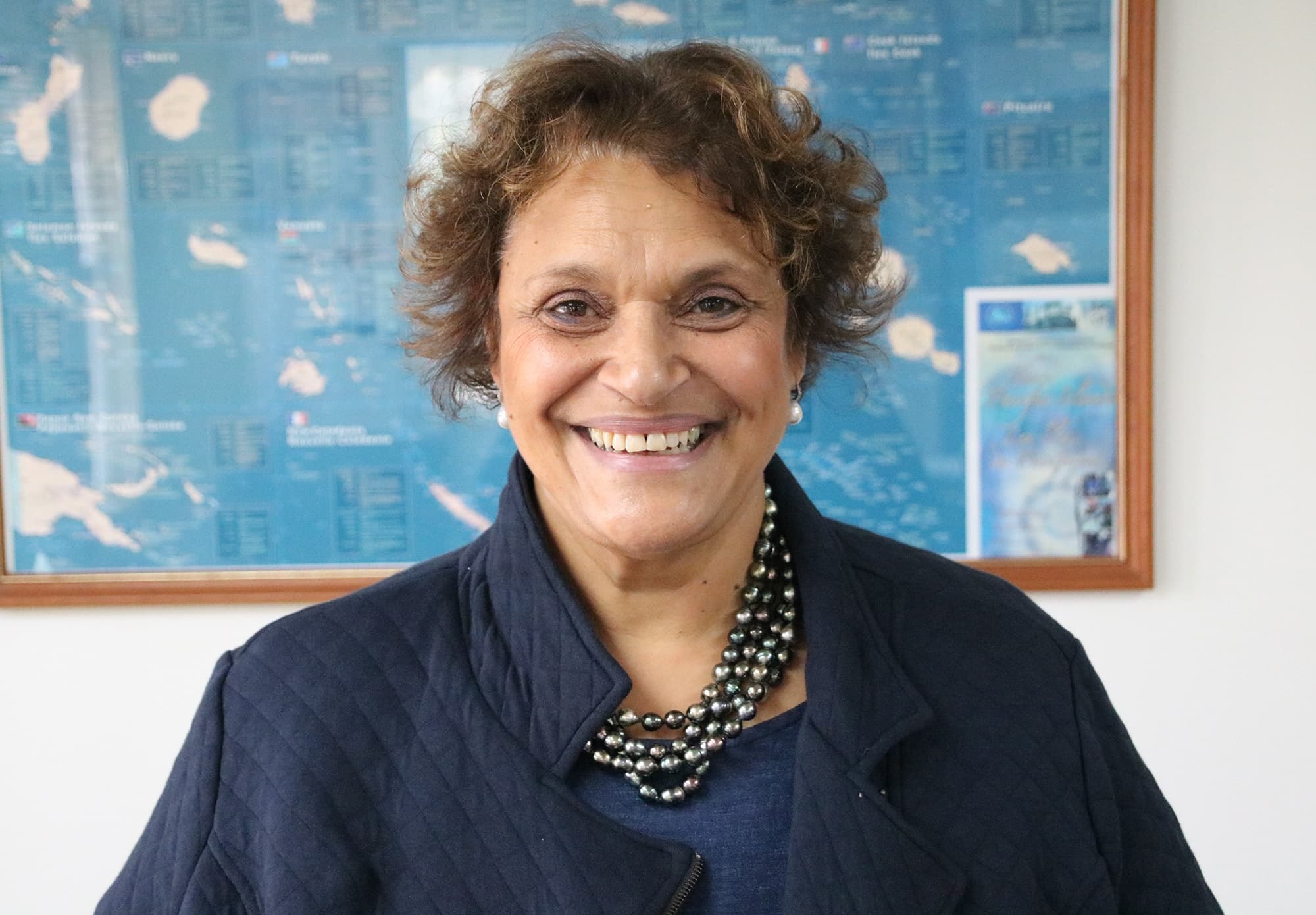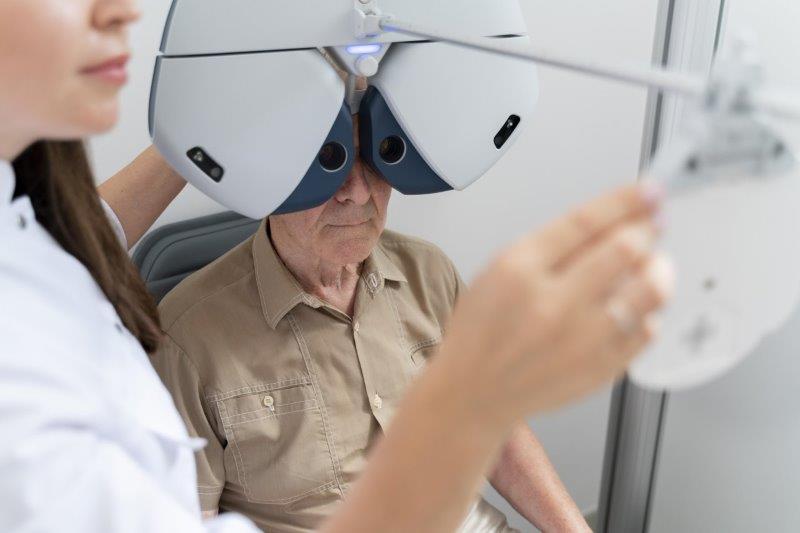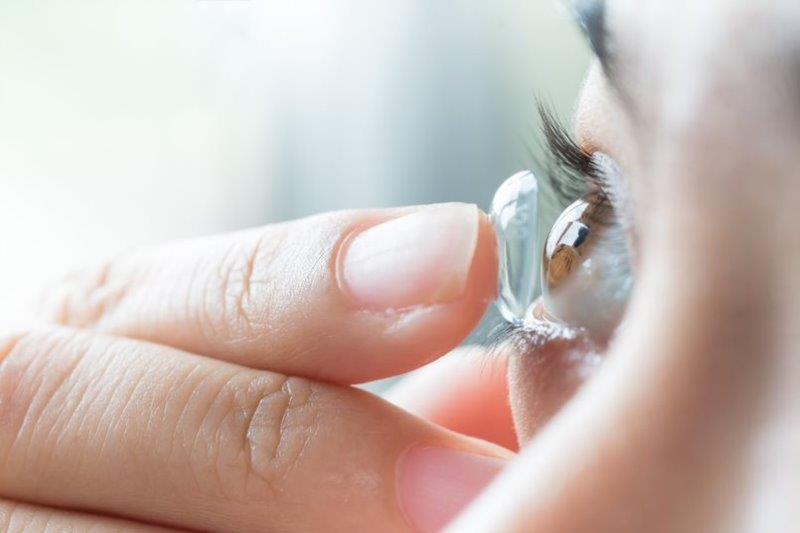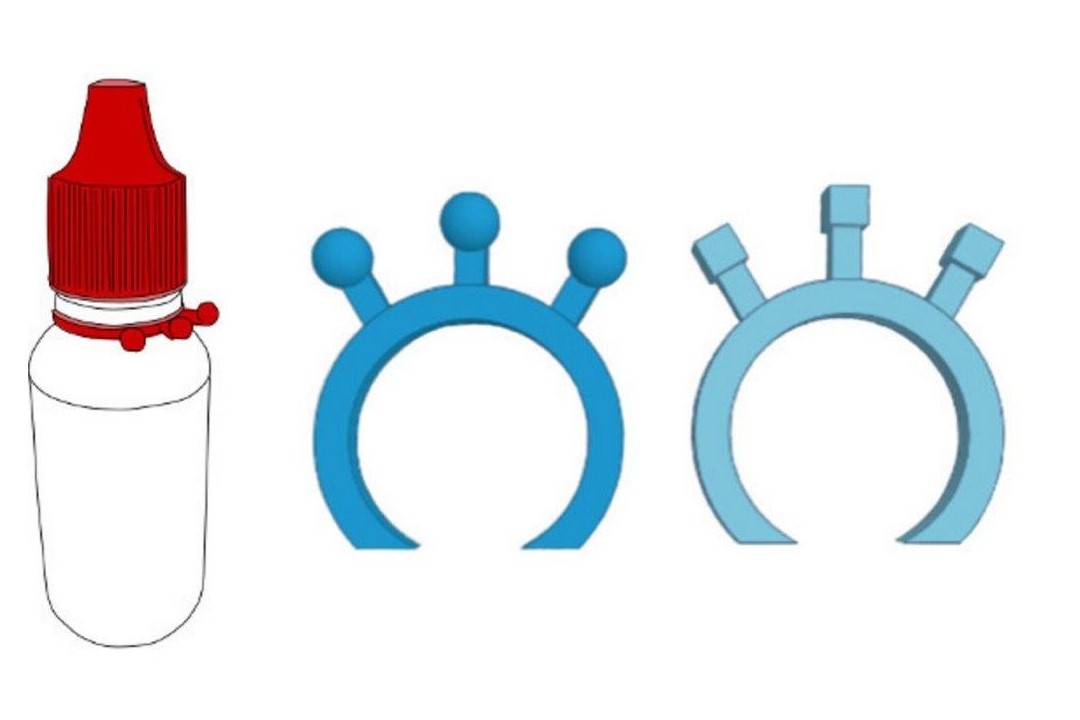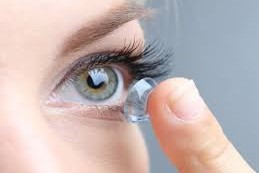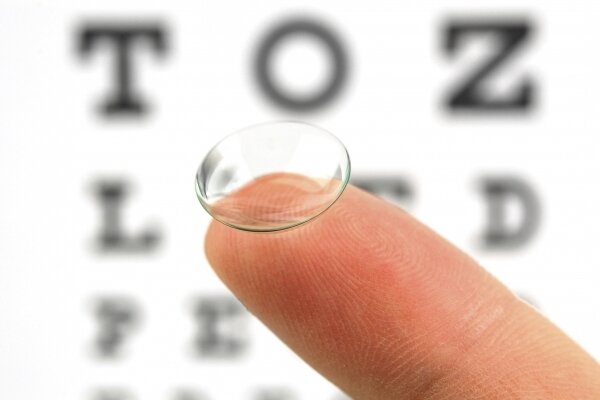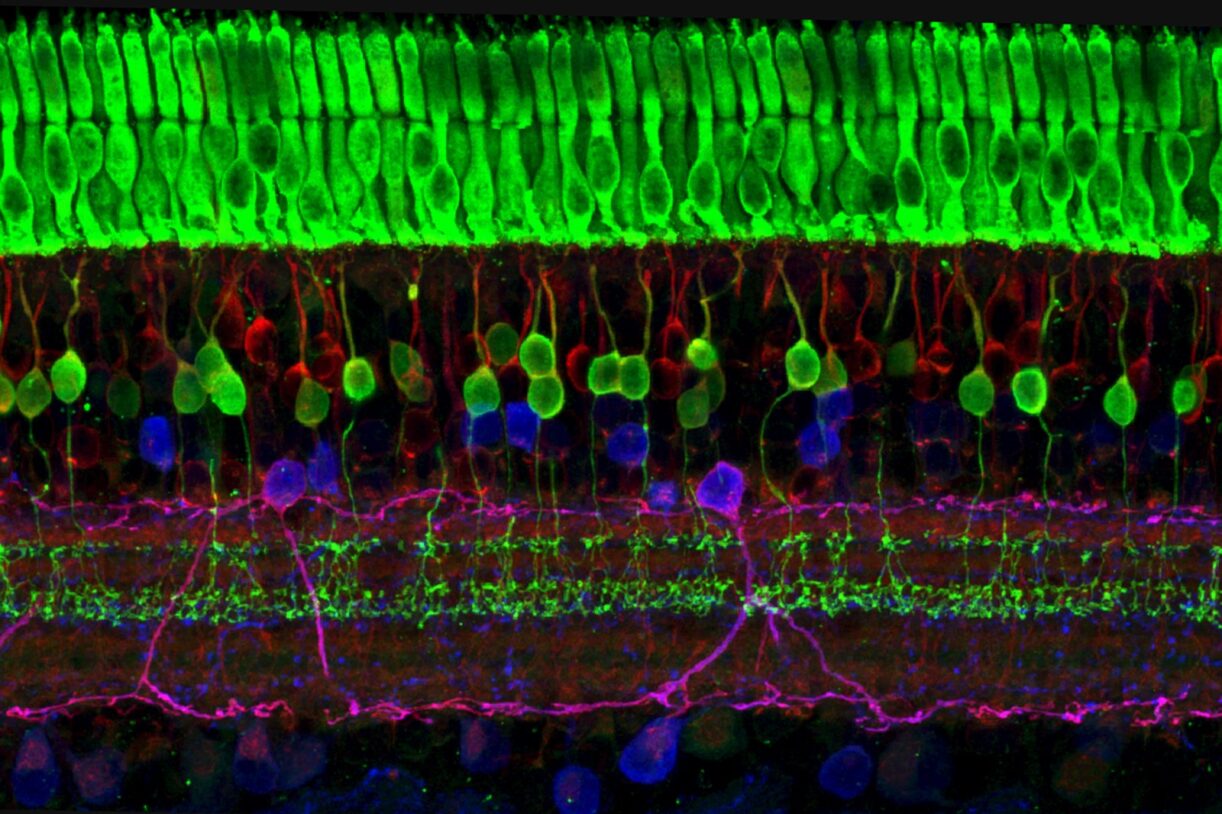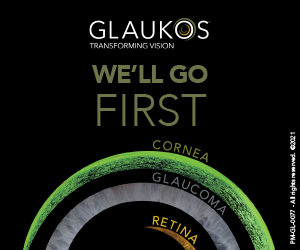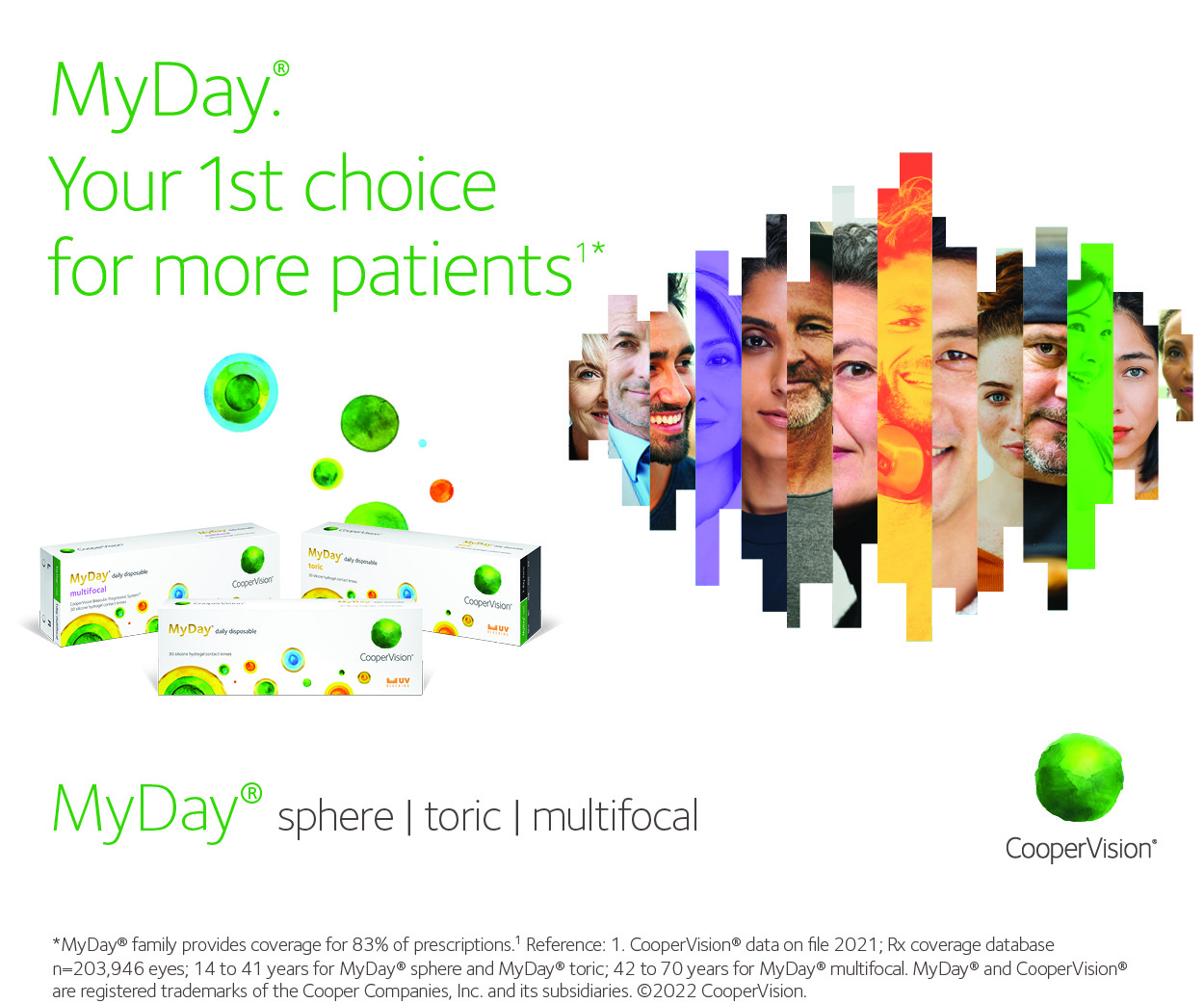SPONSORED: Tackling myopia progression: our shared responsibility as eyecare professionals
The growing prevalence of myopia1 – particularly among children and adolescents – continues to pose a significant public health concern globally. As eyecare professionals, we carry both a clinical and ethical responsibility to respond effectively. Our role places us at the forefront of early detection, patient education and the implementation of evidence-based strategies designed to manage and slow the progression of this condition.
We are fortunate to be practising during a period of rapid innovation, where ongoing advancements in optical technologies are reshaping the way eyecare professionals can approach myopia control. We now have access to solutions that support early intervention, not only for children with existing myopia but also for those considered at risk, often referred to as ‘pre-myopes.’
It is essential that we initiate and lead informed conversations with our patients, their families and fellow healthcare professionals. With access to growing bodies of clinical evidence and validated treatment options, the time to act is now. Our proactive involvement can have a lasting impact on the visual health of the next generation.
In my role as professional affairs manager at EssilorLuxottica, I have had the opportunity to contribute to professional education surrounding innovations in myopia management. One such innovation is the Essilor Stellest lens, which is designed for myopia control and incorporates highly aspherical lenslet target (HALT) technology. The results of six-year clinical observations have recently been released and presented to the eyecare community internationally.

During a recent professional engagement in New Zealand, I had the privilege of visiting the University of Auckland’s School of Optometry and Vision Science and attended an evening event where I spoke with final-year students about the evolving science behind myopia management. I also visited several independent practices to facilitate discussions around clinical application and patient outcomes. These visits provided an excellent opportunity to share the latest data and practical insights.
Highlights of observations across some of the Stellest lens clinical studies include:
- A 67% average slowing of myopia progression when compared to single vision lenses, when worn 12 hours per day every day for two consecutive years2
- A 100% adaptation rate reported among children within one week of lens wear3
- Over a six-year period, participants wearing Stellest lenses experienced 1.95D less myopia progression and 0.81mm less axial elongation, relative to an extrapolated single-vision lens control group model based on data from the first two years of the clinical trial4
The findings from the recent six-year clinical observations suggest promising long-term outcomes in slowing both myopia progression and axial elongation in children and young adults - up to the age of 194.
Equally critical is the early identification of children at risk of developing myopia. Predictive factors such as the current age of the child5-8, parental myopia5,9, time spent on near activities or limited outdoor exposure5,10,11 and, most notably, refractive status12, should inform clinical decision-making. For example, a child presenting with less than +0.75D hyperopia between the ages of six and seven may face a heightened risk of developing myopia12. Early detection and timely intervention may help to reduce the impact of onset and progression.
Our collective role as eyecare professionals extends well beyond diagnosis and prescription. We must continue to lead by example – educating our communities, engaging in professional collaboration and advocating for greater awareness of the long-term implications of untreated or under-managed myopia.
As a presenter at the Optical Dispensers Australia (ODA) conference, I observed a strong commitment among optical dispensers to expanding their knowledge of myopia and its management. Like optometrists, dispensers play an integral part in reinforcing treatment plans and supporting patient understanding. A collaborative approach among all eyecare professionals can meaningfully enhance patient confidence and adherence to prescribed myopia control strategies.
As a professional community, we have the knowledge, tools and responsibility to help curb the rising rates of myopia progression. Through continued education, collaboration and patient engagement, we can drive meaningful change in the way myopia is managed – one patient, one conversation and one action at a time.
![]()
References
- Holden BA, et al. Global Prevalence of Myopia and High Myopia and Temporal Trends from 2000 through 2050. Ophthalmology. 2016;123:1036–42.
- Bao J, Huang Y, Li X, Yang A, Zhou F, Wu J, Wang C, Li Y, Lim EW, Spiegel DP, Drobe B, Chen, H. Spectacle lenses with aspherical lenslets for myopia control vs single-vision spectacle lenses: a randomized clinical trial. JAMA ophthalmology. 2022;140(5):472-8.
- Bao J, Yang A, Huang Y, Li X, Pan Y, Ding C, Lim EW, Zheng J, Spiegel DP, Drobe B, Lu F. One-year myopia control efficacy of spectacle lenses with aspherical lenslets. British Journal of Ophthalmology. 2022;106(8):1171-6.
- EssilorLuxottica. Myopia control efficacy of spectacle lenses with highly aspherical lenslets: results of a 6-year follow-up study. 2025. Data on file.
- Pärssinen O, et al. The progression of myopia from its onset at age 8–12 to adulthood and the influence of heredity and external factors on myopic progression. A 23-year follow-up study. Acta Ophthalmologica. 2014;92(8):730-9
- Chua SY, et al. Age of onset of myopia predicts risk of high myopia in later childhood in myopic Singapore children. Ophthalmic and Physiological Optics. 2016;36(4):388-94
- Matsumura S, et al. Annual myopia progression and subsequent 2-year myopia progression in Singaporean children. Translational Vision Science & Technology. 2020;9(13):12;
- Donovan L, et al. Myopia progression rates in urban children wearing single-vision spectacles. Optometry and Vision Science. 2012;89(1):27
- Jones LA, et al. Parental History of Myopia, Sports and Outdoor Activities, and Future Myopia. Investigative Ophthalmology & Visual Science. 2007;48(8):3524-3532
- Li SM, et al. Near work related parameters and myopia in Chinese children: the Anyang Childhood Eye Study. PloS one. 2015 Aug 5;10(8):e0134514.;
- Rose KA, et al. Outdoor Activity Reduces the Prevalence of Myopia in Children. Ophthalmology. 2008;115(8):1279-1285;
- Rose KA, et al. Outdoor Activity Reduces the Prevalence of Myopia in Children. Ophthalmology. 2008;115(8):1279-1285;
Amy Pillay is professional affairs manager ANZ for EssilorLuxottica





